3 BBL Brewing Equipment
Overview of 3 BBL Brewing Equipment
When stepping into the world of craft brewing, choosing the right equipment can make or break your brewery’s success. If you’re targeting small-scale production with commercial quality, 3 BBL brewing equipment is an excellent choice. With a production capacity of three barrels (approximately 93 gallons) per batch, this setup offers the perfect balance between efficiency and scalability for budding brewers.
Why Choose 3 BBL Systems? It’s simple. For microbreweries or taproom-only operations, these systems offer high output without overwhelming your space or budget. Think of it as the Goldilocks of brewing equipment—not too big, not too small, but just right for growing brewers.
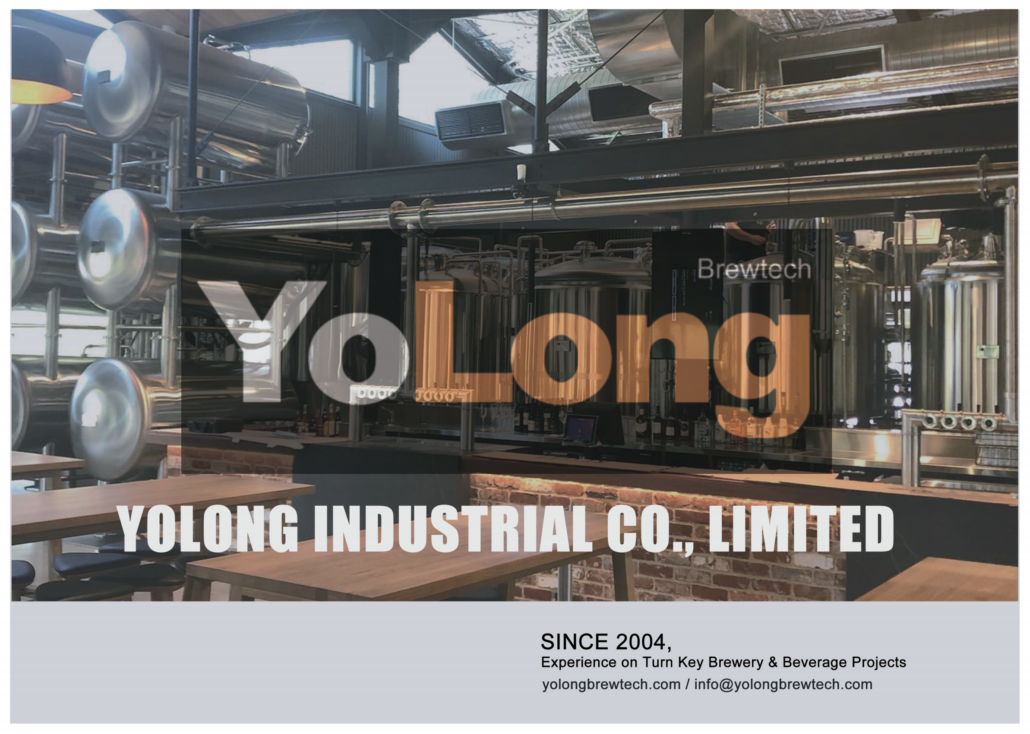
Troubleshooting Common Issues with Beer Fermenters
Fermenters play a critical role in beer production, acting as the vessel where the magic of fermentation happens. But even the best fermenters come with challenges. Let’s break down some common issues and solutions:
- Temperature Control Woes: Fermentation temperature affects beer quality. Inconsistent cooling jackets or faulty glycol chillers can lead to undesirable flavors. Regularly calibrate your temperature control system and monitor it closely during active fermentation.
- Leaking Seals: Over time, seals around fermenter doors or ports may wear out. Inspect and replace gaskets regularly to maintain airtight conditions.
- Clogged Blow-Off Tubes: Foam and krausen can clog blow-off tubes, leading to pressure buildup. Clean and sanitize tubes after every batch to prevent blockages.
- Residual Off-Flavors: Leftover trub and yeast can affect subsequent batches. Conduct thorough cleaning and sanitizing after every use to avoid contamination.
Troubleshooting these issues proactively will save you headaches and ensure consistently high-quality brews.
Understanding the Brewing Process
Brewing beer is as much art as it is science. With a 3 BBL system, the process unfolds across several stages:
- Mashing: Malted grains are soaked in hot water to convert starches into fermentable sugars. With 3 BBL systems, automated mash tuns streamline this step, ensuring consistent efficiency.
- Lautering: The liquid wort is separated from the grain husks. A well-designed lauter tun with rakes ensures smooth separation and minimizes stuck mashes.
- Boiling: The wort is boiled while hops are added for bitterness, flavor, and aroma. A 3 BBL brew kettle with precise temperature controls ensures optimal hop utilization.
- Fermentation: The cooled wort is transferred to fermenters, where yeast is pitched. Temperature control is crucial at this stage.
- Conditioning and Packaging: After fermentation, beer is conditioned and carbonated before being kegged, bottled, or canned.
Every step requires precision and care, and 3 BBL systems are designed to offer just that without excessive complexity.
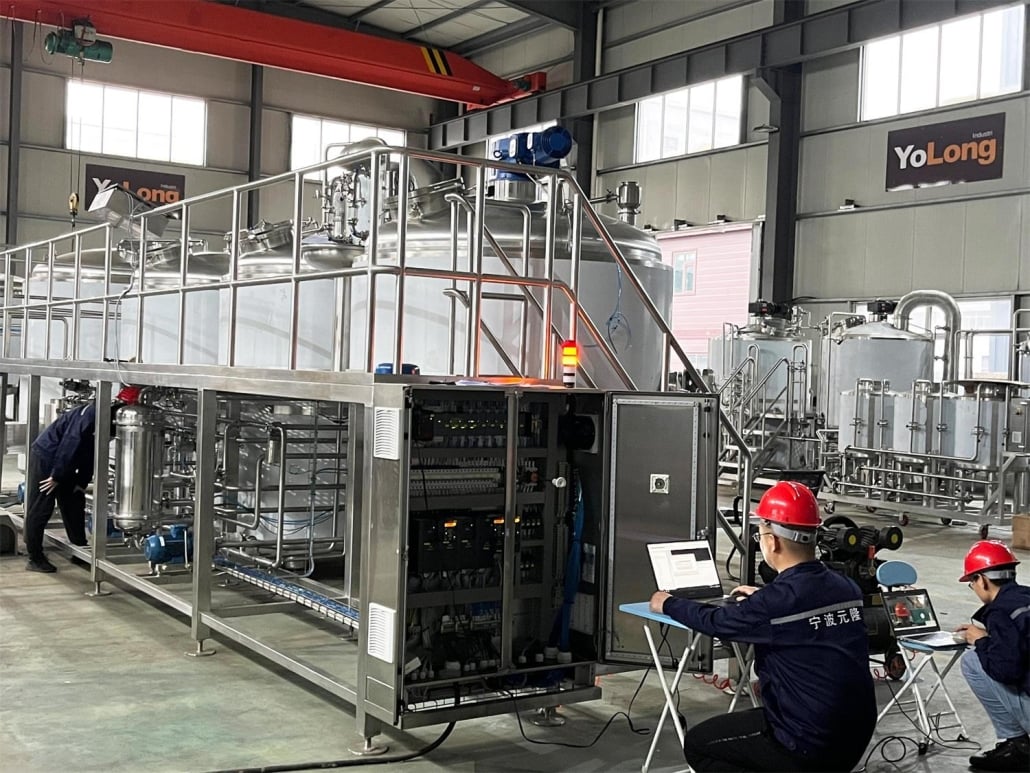
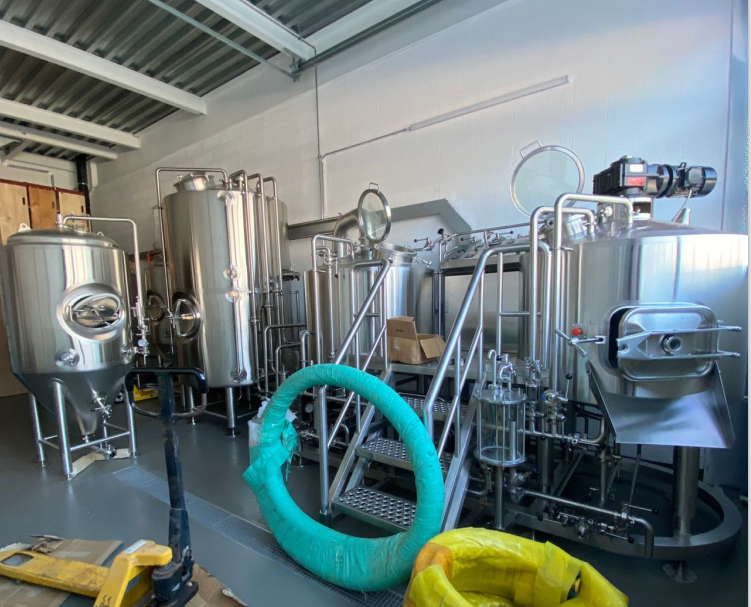


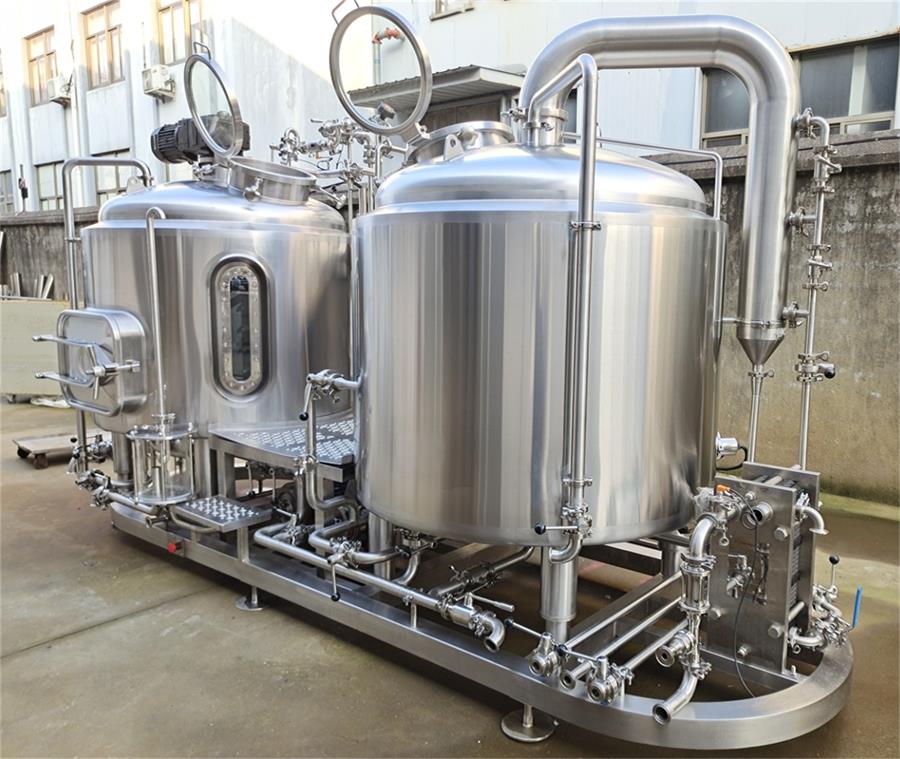
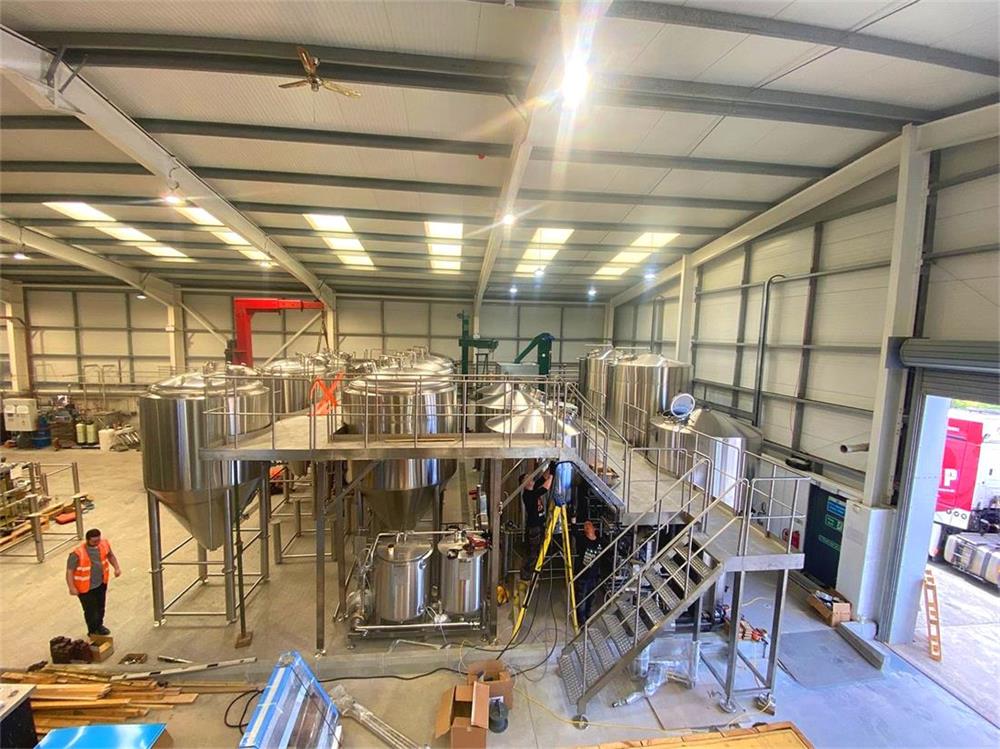
Detailed Comparison of 3 BBL Brewing Equipment
Capacity, Spaces, Design, Layout, and Customization
| Feature | Details |
|---|---|
| Capacity | Produces up to 93 gallons per batch, ideal for taprooms and small-scale distribution. |
| Space | Compact footprint fits comfortably in spaces under 500 square feet. |
| Design | Modular designs available; combines functionality with aesthetics. |
| Layout | Can be configured for linear or stacked setups, maximizing workflow efficiency. |
| Customization | Options include additional fermenters, whirlpool kettles, and enhanced automation. |
Suppliers and Price Range
| Supplier | Price Range (USD) | Key Features |
|---|---|---|
| Alpha Brewing Ops | $30,000 – $50,000 | Durable, stainless steel build. |
| Ss Brewtech | $25,000 – $40,000 | Advanced automation features. |
| Brewmation | $28,000 – $45,000 | Excellent heat transfer systems. |
| Glacier Tanks | $20,000 – $35,000 | Customizable fermenter sizes. |
Installation, Operation, and Maintenance
| Aspect | Details |
|---|---|
| Installation | Requires professional setup to ensure optimal performance and compliance with local codes. |
| Operation | User-friendly interfaces simplify brewing operations. |
| Maintenance | Regular cleaning, inspection of seals, and calibration of instruments are essential. |
How to Choose 3 BBL Brewing Equipment
Key Parameters to Consider:
- Build Quality: Look for food-grade stainless steel construction for durability and hygiene.
- Automation Level: Decide between manual, semi-automated, or fully automated systems based on your brewing style.
- Scalability: Opt for equipment with upgrade options like additional fermenters or larger heat exchangers.
- Energy Efficiency: Modern systems offer features like heat recovery and insulated vessels to minimize energy use.
Expert Tips:
- Visit Other Breweries: Learn from others who have used similar systems.
- Talk to Suppliers: Ask detailed questions about warranties, after-sales service, and spare parts availability.
- Test Before Buying: Some suppliers offer demo sessions, so take advantage of these to assess ease of use.

Pros and Cons of 3 BBL Brewing Equipment
| Advantages | Limitations |
|---|---|
| Ideal for small-scale brewing | Limited capacity for larger-scale demands. |
| Compact and space-efficient | Initial cost can be a barrier for startups. |
| Scalable with add-ons | Requires regular maintenance. |
| High-quality brewing output | Steeper learning curve for new brewers. |
FAQs
| Question | Answer |
|---|---|
| What is the average cost of 3 BBL systems? | Prices range from $20,000 to $50,000 depending on features and suppliers. |
| How much space do I need for a 3 BBL system? | Typically, under 500 square feet is sufficient. |
| Can I expand my 3 BBL system later? | Yes, most systems are modular and support additional fermenters or tanks. |
| Is it suitable for home brewing? | It’s more suitable for microbreweries due to size and cost. |
| How long does a 3 BBL brew take? | A full brew day, including cleanup, can take 6-8 hours. |
Frequently Asked Questions (FAQ)
1) What utilities are required to run 3 BBL Brewing Equipment reliably?
- 208–240 V 3‑phase (or single‑phase for some electric models), natural gas or propane for direct fire/steam, potable water 2–5 gpm at stable pressure, floor drain, glycol chiller (2–3 tons typical), and adequate ventilation/steam venting.
2) How many fermenters should I pair with a 3 BBL brewhouse?
- Plan 4–6x brewhouse volume in FVs (12–18 BBL total) plus 1–2x in bright tanks depending on packaging cadence. A common starter set is four 3 BBL unitanks and one 3–6 BBL BBT.
3) What’s the realistic weekly output from a 3 BBL system?
- With two turns per day, 3–4 brew days/week, expect 18–24 BBL wort/week. Net packaged beer will be lower after losses (approx. 10–15%).
4) Should I choose steam, direct fire, or electric heat for a 3 BBL brewhouse?
- Electric: clean and quiet; needs sufficient amperage. Steam: best control and scalability; higher capex and permitting. Direct fire: lower capex, lower efficiency, more venting requirements.
5) What automation is worth it at the 3 BBL scale?
- PID temp control for HLT/mash, VFD pumps, knock‑out temperature setpoint control, basic recipe steps/timers, and data logging for gravities, temps, and CIP. These features reduce variability and labor.
2025 Industry Trends for 3 BBL Systems
- Smart nanos: cloud‑connected controls and batch analytics now common even at 3 BBL.
- Sustainability miniaturized: compact heat recovery (wort→HLT), insulated vessels, and CO2 supply optimization reduce utilities 10–25%.
- Flexible cellars: mixed tank sizes (3, 5, and 7 BBL) paired to a 3 BBL brewhouse for seasonal and collab agility.
- NA/alt‑bev readiness: small membrane dealcoholization partnerships and seltzer/CID loop compatibility.
- Faster installs: skidded brewhouses and plug‑and‑play glycol/power panels cut commissioning time by 20–40%.
3 BBL Cost & Performance Benchmarks (2024–2025)
| Metric | Typical Range | 2025 Best Practice Target | Notes / Sources |
|---|---|---|---|
| Water-to-beer ratio (brewhouse) | 4.0–6.0:1 | 3.2–4.0:1 | Brewers Association sustainability guidance |
| Electric use (kWh/bbl, electric systems) | 14–22 | 10–14 | DOE/vendor field data; insulation + heat recovery |
| Steam use (therms/bbl, steam systems) | 1.0–1.6 | 0.8–1.1 | Manufacturer benchmarks |
| Boil-off rate per hour | 6–10% | 6–8% | Good venting/condensing control |
| Brewhouse efficiency | 70–80% | 78–85% | Proper crush, lauter, and sparge control |
| Packaging DO (ppb, from BBT) | 30–80 | ≤30 | ASBC methods; low-oxygen practices |
Authoritative sources:
- Brewers Association Benchmarking & Sustainability: https://www.brewersassociation.org/
- ASBC Methods of Analysis (DO/CO2): https://www.asbcnet.org/
- MBAA Technical resources: https://www.mbaa.com/
Latest Research Cases
Case Study 1: Heat Recovery Upgrade on a 3 BBL Nano (2025)
Background: A taproom‑only brewery aimed to reduce utility costs and speed turnarounds.
Solution: Added a compact plate HEX loop to preheat HLT with kettle vapors and knockout recovery; upgraded vessel insulation and installed VFDs on pumps.
Results: Water‑to‑beer improved from 4.9:1 to 3.6:1; electric use on brew days down 18%; average brew day shortened by 35 minutes.
Case Study 2: Cellar Mix Optimization for Seasonal Demand (2024)
Background: Frequent stockouts on bestsellers and idle time on slow movers with four 3 BBL FVs.
Solution: Introduced two 5 BBL unitanks and one 3 BBL BBT; adjusted batch scheduling and crash‑cooling SOPs; implemented inline CO2/DO checks pre‑packaging.
Results: On‑tap availability increased from 82% to 96%; brewhouse efficiency +2.4 points; packaged DO median reduced to 28 ppb.
Expert Opinions
- Ashton Lewis, Technical Support Director, BSG
“At the 3 BBL scale, tight control of mash and lauter—and consistent knock‑out temps—does more for beer quality than any single gadget. Invest in measurement.” - John Mallett, Brewing Operations Expert; author of ‘Malt’
“Plan the cellar for flexibility. A smart mix of tank sizes around a 3 BBL brewhouse lets you respond to demand without tying up capacity.” - Sarah Flora, Brewer and operations consultant
“Data logging—temps, gravities, CIP—pays back quickly. It reveals repeatable wins and prevents drift that small systems are prone to.”
Practical Tools/Resources
- BA Small Brewery Safety & Sustainability Guides: https://www.brewersassociation.org/
- ASBC DO/CO2 and microbiology methods: https://www.asbcnet.org/
- Brewer’s Friend calculators (brewhouse sizing, efficiency, CO2): https://www.brewersfriend.com/
- Utility incentive finders (U.S. DOE/locals) for efficiency upgrades: https://www.energy.gov/
- Vendor application notes (Anton Paar, Hamilton, Pentair) on inline QA and small‑scale carbonation
- MBAA webinars on nano/micro brewhouse best practices: https://www.mbaa.com/
Last updated: 2025-08-29
Changelog: Added focused FAQs, 2025 trends with benchmark table, two nano‑scale case studies, expert viewpoints, and practical resources tailored to 3 BBL Brewing Equipment selection and operation.
Next review date & triggers: 2026-02-28 or earlier if BA/ASBC publish updated benchmarks, utility incentive programs change, or internal water-to-beer ratio exceeds 4.0:1 for two consecutive months.
Share this entry
Interested in learning more about Brewing Systems including additional details and pricing information? Please use the form below to contact us!
YOLONG BREWERY EQUIPMENT FAQS
- Commercial Brewery / Craft Brewery / Microbrewery / Nanobrewery
- What is The Difference Between Craft Beer and Industrial Beer?
- The Bespoke Differences In Custom Brewing Systems
- Everything You Need to Know About Kettle Souring
- How to Choose Brewing Equipment for Your business?
- How To Choose The-Best Partner To Build Your Commercial Microbrewing System?
- Two Detection Sensors That You Need To Use In Your Brewhouse System
- Remote Control Applications in Brewing Equipment/How does it work?
- How To Clean Your Brand New Brewery Tanks?

